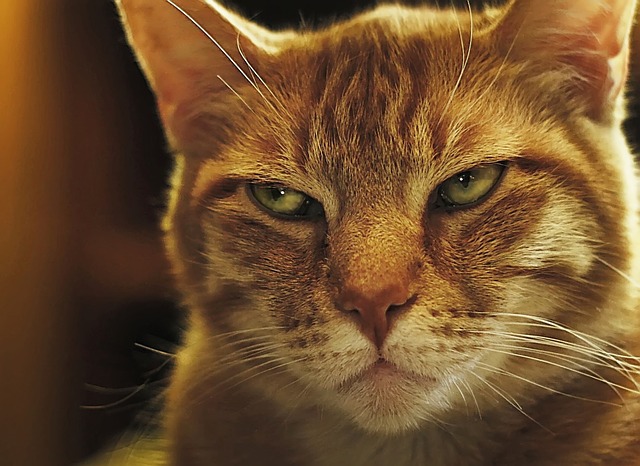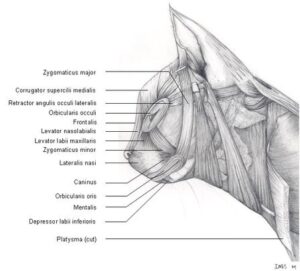 If you’re a cat lover, you probably already know that how to read cat body language; your feline friend uses subtle body language and nonverbal cues to communicate with you.
If you’re a cat lover, you probably already know that how to read cat body language; your feline friend uses subtle body language and nonverbal cues to communicate with you.
You may even know that cats usually don’t meow to each other, only to humans (a tactic developed through adaptation and evolution).
But how do cats communicate with each other?
Recent research that studied domestic cats in a cat cafe in California shows they do “talk” to each other and that their means of communication amongst themselves are even more complex than we originally thought.
The study entitled “Feline Faces: Unraveling the Social Function of Domestic Cat Facial Signals” was recently published in Behavioural Processes.
In it researchers tallied nearly 300 different cat facial expressions (276 to be exact), used to communicate hostile and friendly intent and everything in between.
What’s even more fascinating, researchers believe cats may have evolved this range of sneers, smiles, and grimaces over the course of their 10,000-year history with humans.
The Cat Emotion Study
 Over 10 months, researchers Lauren Scott and Brittany N. Florkiewicz observed 53 domestic shorthair cats in a Los Angeles cat cafe and recorded 186 separate meetings between the animals.
Over 10 months, researchers Lauren Scott and Brittany N. Florkiewicz observed 53 domestic shorthair cats in a Los Angeles cat cafe and recorded 186 separate meetings between the animals.
The team recorded 194 minutes of footage after the café closed to visitors for the day and focused specifically on recording and reviewing the cats’ facial expressions when interacting with each other.
After obtaining the recordings, they used the Facial Action Coding Systems designed for cats and compared the complexity and compositionality of feline facial expressionss produced in affiliative and non-affiliative contexts.
To measure complexity and compositionality, they examined the number and types of facial muscle movements (AUs) observed in each signal.
Similarly, research scientists who study facial expressions of emotion in humans also use FACS and AUs to code faces and facial muscles specifically.
276 Unique Cat Facial Expressions Found
After observing, recording, coding and studying the cats’ facial expressions, researchers found 276 unique facial expressions (which is not far removed from the 357 expressions produced by chimpanzees).
These different expressions were sorted into 2 major categories
- Friendly: which constituted 45% of the expressions
- Aggressive: which made up 37% of the expressions
The remaining 18% were too ambiguous to clearly categorize.
According to Florkiewicz, each cat facial expression combined about four of 26 unique facial movements, including parted lips, jaw drops, dilated or constricted pupils, blinks and half blinks, pulled lip corners, nose licks, protracted or retracted whiskers, and/or various ear positions.
By comparison, the human face includes over 40 structurally and functionally anatomically independent muscles, each of which can innervate independently of each other. This makes the face one of the most complex signal systems available to humans.
According to Science Magazine, what exactly the felines were “saying” to one another with these expressions remains unclear, Florkiewicz says. But overall, cats tend to move their ears and whiskers toward another cat during friendly interactions, and to move them away from their compatriot during unfriendly interactions. Constricted pupils and licking lips also tend to accompany such rivalrous encounters.
Interestingly, some of the cats’ friendly expressions resemble those made by people, dogs, monkeys, and other animals. This suggests that these species may share “a common play face.”
Although the researchers haven’t been able to compare their results with those of wild felines, they do know that all close relatives of the domestic cat are ferociously solitary animals.
Pet cats might have retained some of that defensive communication, Florkiewicz says, but these domestic descendants probably started to pick up friendly facial expressions as they gathered to await humans’ dinner leftovers.
Historically cats have received less research attention than their canine counterparts and their cognitive abilities were less recognized. However, in the last 10 years, research focusing on trying to better understand our feline companions has grown.
To read more about how good your cat is at emotion recognition, visit this past blog post.